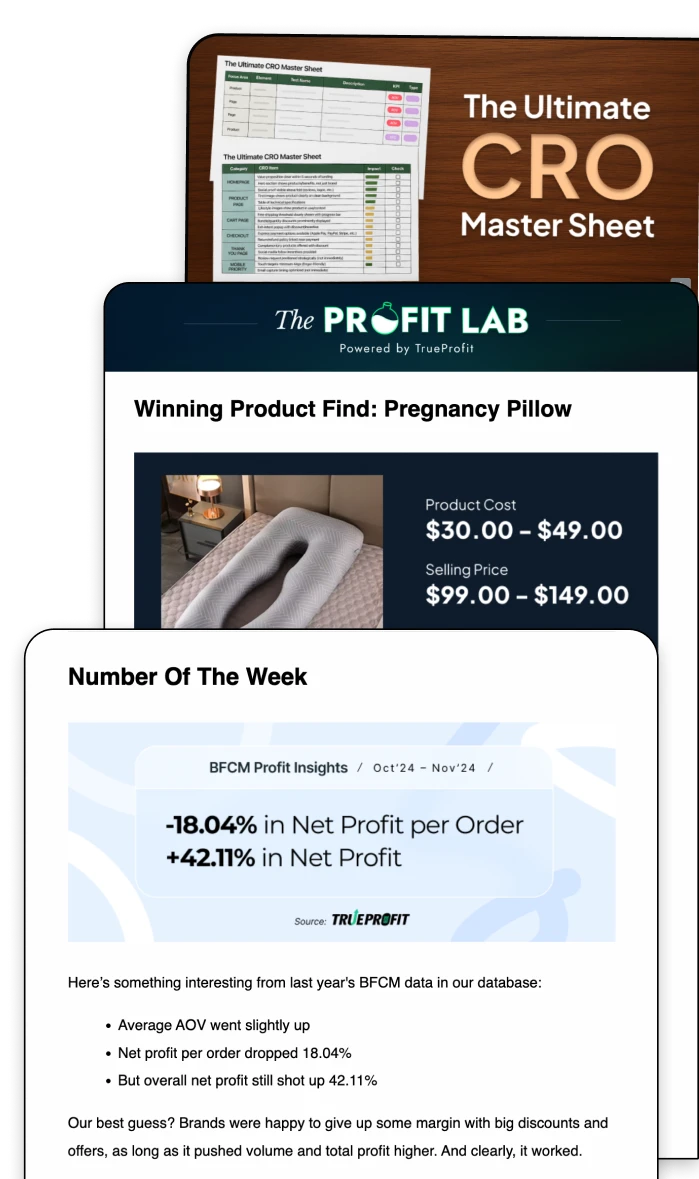15 Must-Track Business Performance Metrics for E-Comm Stores
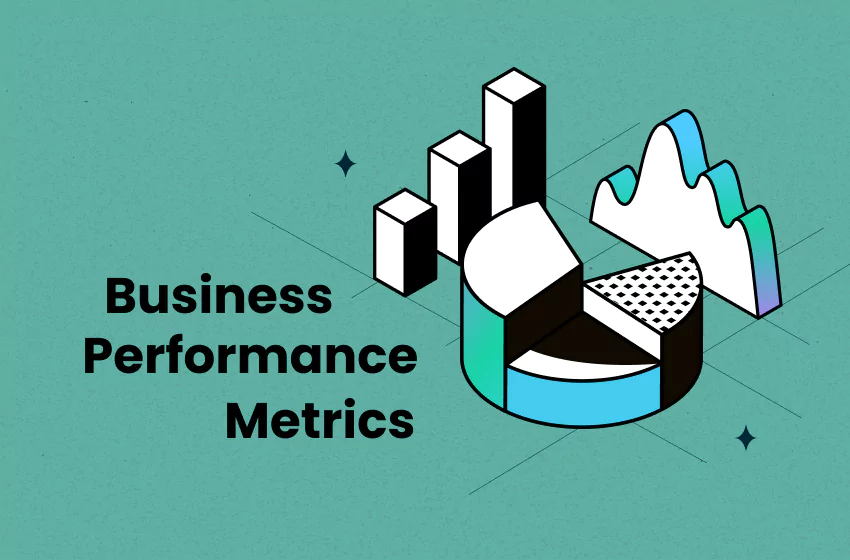
Business performance metrics are measurable values that help e-commerce store owners track their progress toward business goals. These metrics provide insights into key areas such as sales, marketing, financial health, customer satisfaction, and operations.
In this article, we’ll highlight 15 must-track business performance metrics for e-commerce stores, including sales metrics, marketing metrics, financial metrics, customer metrics, and operational metrics to help you stay on top of your store's performance.
What Are The Performance Metrics?
Business performance metrics are measurable numbers that help track how well a business is doing. These can include financial figures like sales and profits, as well as customer engagement and how efficiently the business runs.
For e-commerce stores, these metrics are essential to understand which parts of the business are performing well and where improvements are needed.
Why Use Business Performance Metrics?
Performance metrics in business allows you to:
- Identify strengths and weaknesses: Regularly tracking metrics helps you see where your business is excelling and where it needs improvement.
- Make informed decisions: With accurate data, you can adjust your strategies and tactics based on real-time performance.
- Improve operational efficiency: Metrics highlight inefficiencies in operations, marketing, and customer service that can be optimized for better results.
- Maximize profitability: By tracking financial metrics and analyzing costs versus revenues, you can ensure your business is growing profitably.
15 Must-Track Business Metrics for E-Commerce Stores
Below are 15 key business metrics you should track for your e-commerce store. These metrics span sales, marketing, finance, customer behavior, and operations, giving you a comprehensive view of your business's performance.
1. Sales Metrics
1.1. Revenue
Revenue is the total amount of money generated from sales before deductions. This serves as your top-line figure and sets the baseline for other performance metrics. Tracking revenue growth helps identify trends and project future sales. Regularly monitor for fluctuations, which can signal changes in customer demand or product performance.
Formula:
1.2. Conversion Rate
Conversion rate is the percentage of visitors who make a purchase. A higher conversion rate usually indicates that your store is effectively persuading visitors to buy. Improving your store’s design, product descriptions, and checkout process can help increase this metric. A/B testing can provide insight into what changes make a real difference.
Formula:
1.3. Average Order Value (AOV)
AOV measures the average amount spent per order. It’s critical for profitability, as increasing AOV often requires less effort than increasing traffic. Strategies like upselling, cross-selling, or offering product bundles can increase your AOV. If you’re a Shopify merchant, check out our personalized guide on Shopify Average Order.
Formula:
1.4. Sales Growth
Sales growth is the percentage increase in sales over a specific period. This metric helps you gauge if your business is expanding at the desired rate and identify any seasonal trends. Track sales growth over different periods to spot patterns and forecast future growth.
Formula:
2. Marketing Metrics
2.1. Customer Acquisition Cost (CAC)
CAC measures how much it costs to acquire a new customer. This includes advertising, promotions, and sales efforts. Lowering CAC is crucial for profitability. Optimizing your marketing efforts to target the right audience is key for lowering CAC.
Formula:
2.2. Return on Ad Spend (ROAS)
ROAS measures the revenue generated for every dollar spent on advertising. A high ROAS indicates that your advertising campaigns are well-targeted and effective. It also means you're maximizing the efficiency of your ad spend. Regularly optimizing this metric can help you to achieve better results for your ad campaign.
Formula:
2.3. Click-Through Rate (CTR)
CTR measures the percentage of people who click on your ad or email link compared to how many see it. This metric helps evaluate the effectiveness of your marketing content. A higher CTR means your ads or email content are resonating well with your audience. Refine your messaging, visuals, and targeting to improve this metric.
Formula:
3. Financial Metrics
3.1. Gross Profit Margin
Gross profit margin shows the percentage of revenue remaining after deducting the cost of goods sold (COGS). A high gross profit margin indicates efficient pricing and cost control. Focus on reducing COGS or increasing prices to improve this margin, which directly impacts profitability.
Formula:
3.2. Net Profit Margin
Net profit margin shows what percentage of revenue is left after all expenses, including taxes and operational costs, have been deducted. It’s a direct measure of your business’s profitability. A higher net profit margin indicates that your business is efficiently managing costs while generating profit. To quickly check your store’s health, try our free profit margin calculator.
Formula:
3.3. Inventory Turnover
This metric shows how often your inventory is sold and replaced over a period. A higher turnover rate generally indicates effective inventory management and strong demand for your products. This metric is essential for keeping your product offerings fresh while avoiding stockouts or excess inventory.
Formula:
4. Customer Metrics
4.1. Customer Lifetime Value (CLV)
CLV is the total revenue a customer is expected to generate over their entire relationship with your store. This metric helps you understand the long-term value of your customer base. To increase CLV, focus on building customer loyalty through excellent service, retention programs, and personalized offers.
Formula:
4.2. Customer Retention Rate
Retention rate measures how well your business retains customers over time. A high retention rate means customers are returning and likely satisfied with your products or service. This metric is critical for sustaining long-term growth. Enhance customer satisfaction and loyalty to reduce churn.
Formula:
4.3. Churn Rate
Churn rate is the rate at which customers stop purchasing from your store. A high churn rate can be detrimental to long-term growth. Reducing churn involves improving customer experiences, offering incentives, and addressing customer concerns proactively.
Formula:
5. Operational Metrics
5.1. Order Fulfillment Time
Order fulfillment time measures the average time it takes to process and ship an order. Shortening fulfillment time leads to improved customer satisfaction and repeat business. By improving this metric, you can enhance the customer experience, which is key to increasing customer loyalty.
Formula:
5.2. Return Rate
Return rate is the percentage of products returned by customers. A high return rate might indicate issues with product quality or a mismatch between customer expectations and your offerings. Regularly review your return rate to identify patterns and areas for improvement in product descriptions, quality control, or customer service.
Formula:
Examples of Business Metrics
Let’s take a look at how key business performance metrics directly impact your store’s bottom line and overall performance:
- Example 1: Your store generates $100,000 in revenue per month. Your AOV is $50, which means you’ve made 2,000 sales. If your conversion rate is 2%, it means that 100,000 visitors came to your site during the month, and 2% of them completed a purchase.
- Example 2: You’ve spent $5,000 on Facebook ads, and you made $25,000 in revenue from those ads. Your ROAS is 5, meaning you earned $5 for every dollar spent on ads.
- Example 3: Your store's gross profit margin is 40%, and your monthly revenue is $50,000. This means your COGS is $30,000, and your gross profit is $20,000.
Best Business Performance Analytics Tool
Most tools only track one or two aspects of your business—revenue, ad spend, maybe some order data. But TrueProfit goes further. It’s #1 real-time Net Profit Analytics platform for Shopify offers a 360° view within your business metrics dashboard.
From profit margins and CAC to ROAS, shipping costs, COGS, and repurchase rate - TrueProfit connects the dots across financials, sales, marketing, and customer behavior. No more scattered spreadsheets or guesswork. Just clear, net profit-focused insights that help you grow smarter
Business Performance Metrics FAQs
What is a business performance metric?
A business performance metric is a quantifiable measurement used to track and evaluate the success of various business activities, helping businesses make informed decisions and improve performance.
What are the four main types of performance indicators?
The four main types of performance indicators are financial, customer, process, and employee performance indicators, each measuring different aspects of business success.
What are the 4 Ps of KPI?
The 4 Ps of KPI are Purpose, Practicality, Performance, and Plausibility, which help businesses ensure their KPIs are meaningful and actionable.
What are the three types of performance metrics?
The three main types of performance metrics are leading (predictive), lagging (historical), and actionable metrics, each serving different roles in tracking and improving business outcomes.
Is KPI a performance metric?
Yes, a KPI (Key Performance Indicator) is a type of performance metric that focuses on critical areas of business performance and measures progress towards achieving key business goals.
What is business performance analysis?
Business performance analysis involves reviewing various performance metrics to assess how well a company is achieving its objectives, helping to identify areas for improvement and optimize decision-making.
What is KPIs in business?
KPIs in business are measurable values that demonstrate how effectively a company is achieving its key business objectives, helping track performance in specific areas like sales, customer satisfaction, and operational efficiency.
What are the 4 types of performance standards?
The four types of performance standards are quality, quantity, timeliness, and cost, each measuring different aspects of operational success.
What are the 4 perspectives of KPI?
The four perspectives of KPI are financial, customer, internal processes, and learning and growth, based on the balanced scorecard methodology to evaluate overall business performance.
What is performance measurement in business?
Performance measurement in business involves assessing the effectiveness of actions and strategies using various metrics to track progress and make informed decisions.
What are key performance metrics examples?
Key performance metrics examples include revenue growth, customer acquisition cost, customer lifetime value, conversion rate, and net profit margin, which help businesses measure success and guide decision-making.
In today's competitive landscape, understanding and leveraging the right business performance metrics is essential for driving growth and long-term success. By consistently monitoring these key indicators, businesses can make informed decisions, improve operational efficiency, and stay ahead of the competition.
Harry Chu is the Founder of TrueProfit, a net profit tracking solution designed to help Shopify merchants gain real-time insights into their actual profits. With 11+ years of experience in eCommerce and technology, his expertise in profit analytics, cost tracking, and data-driven decision-making has made him a trusted voice for thousands of Shopify merchants.

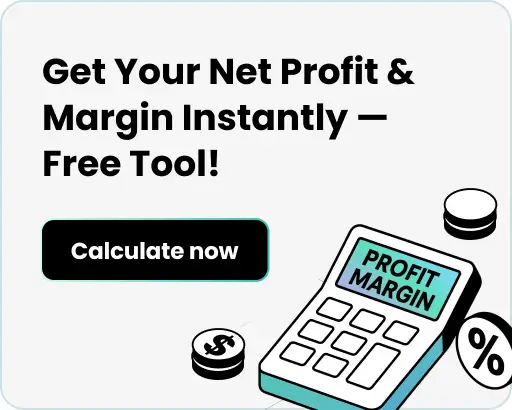




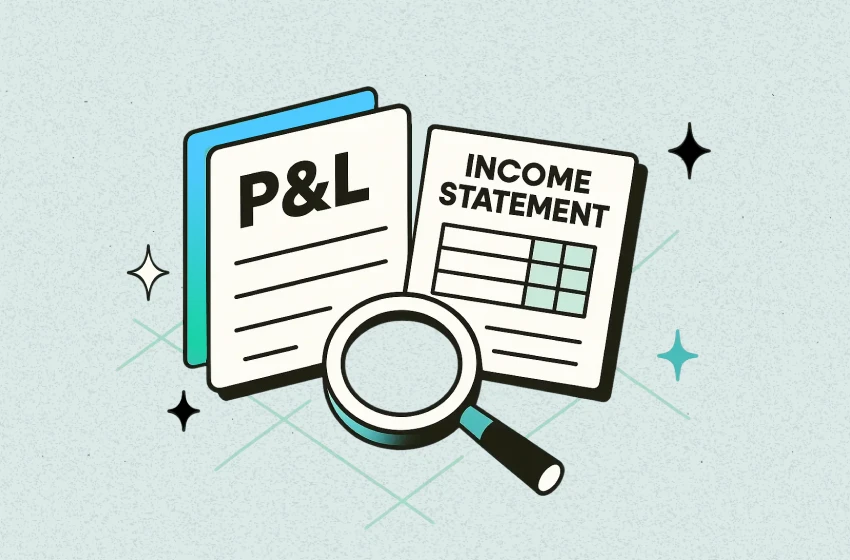
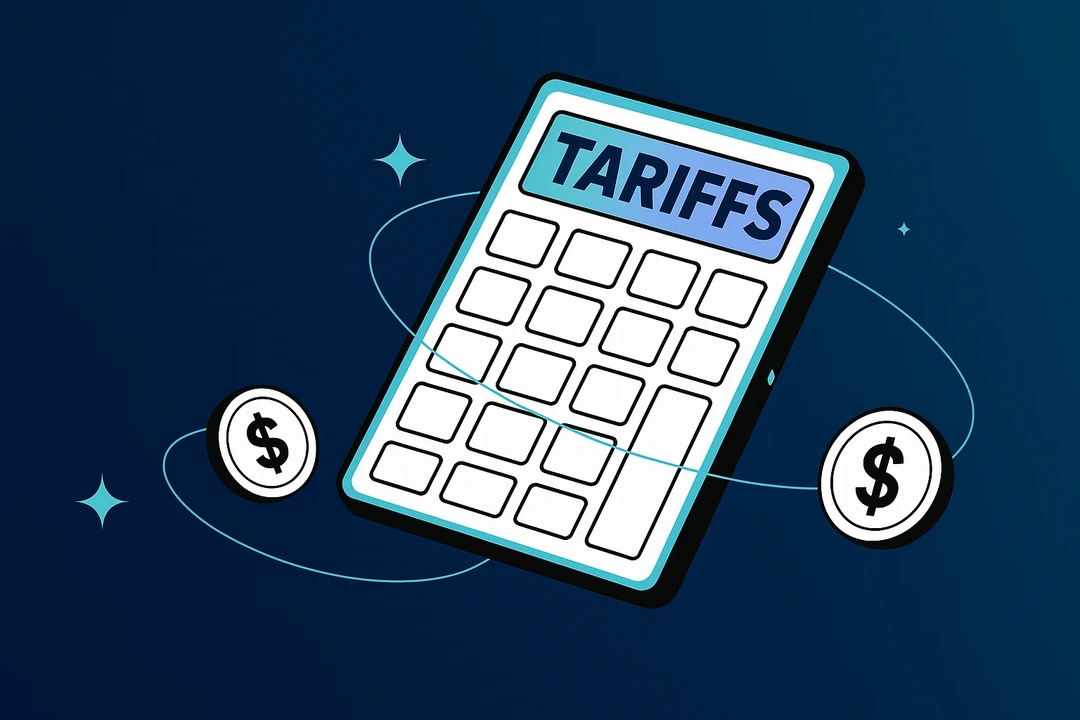

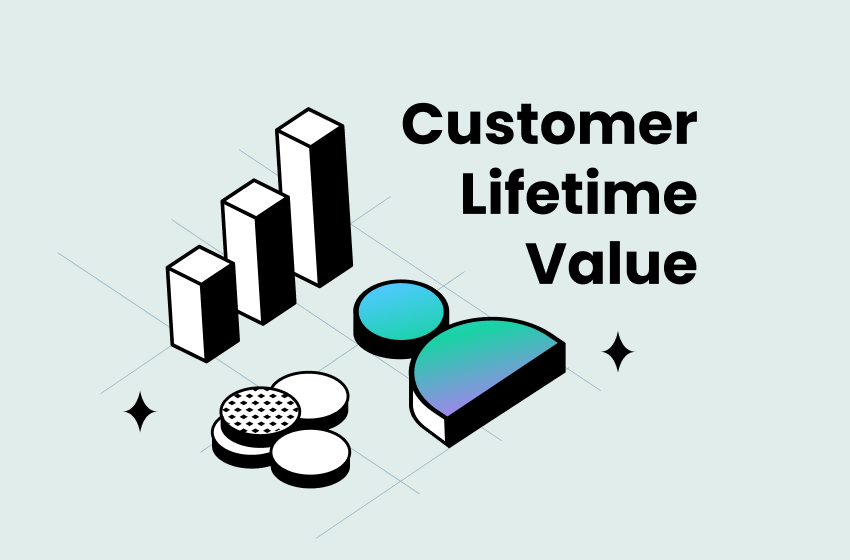

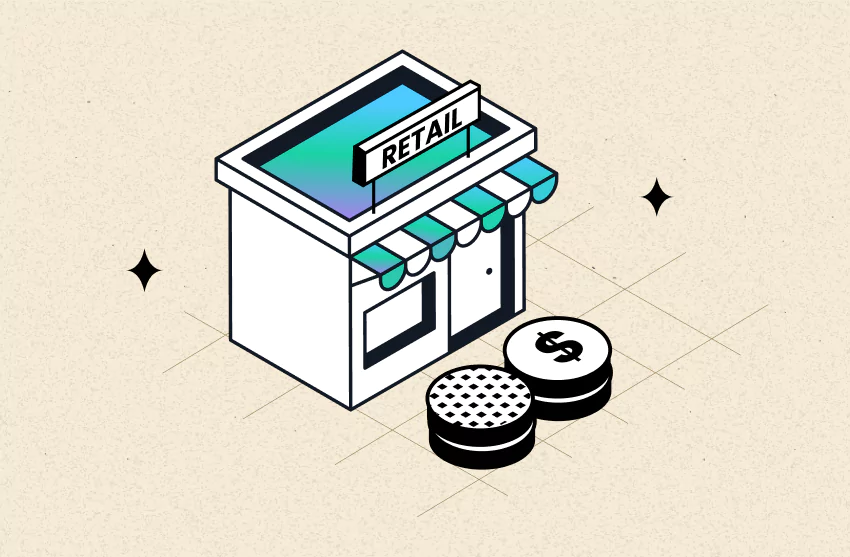
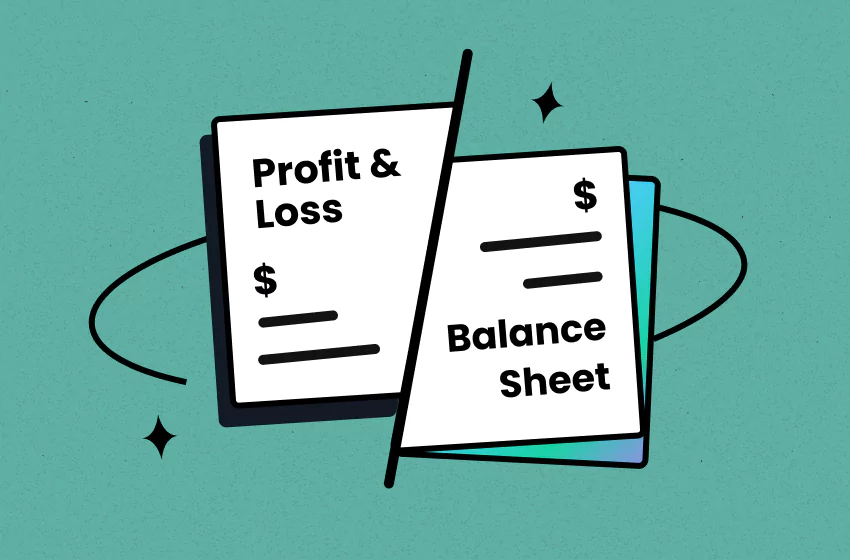
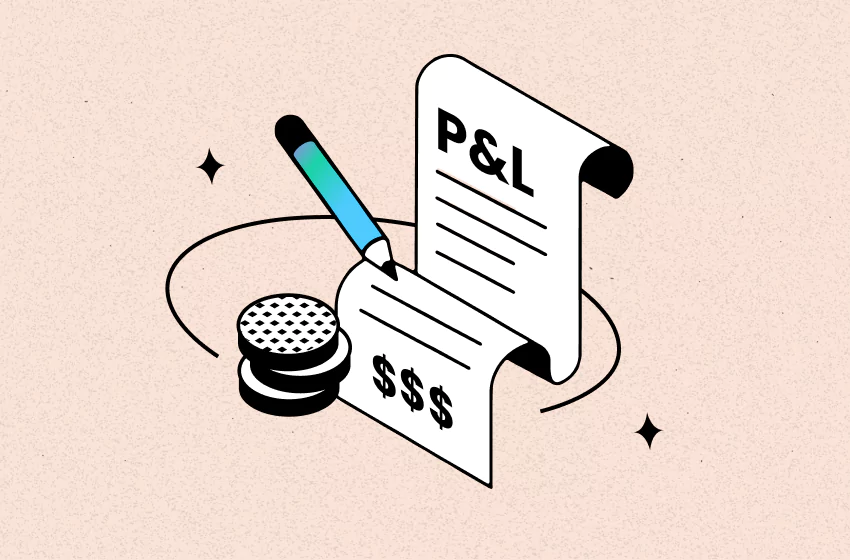
 Shopify profits
Shopify profits